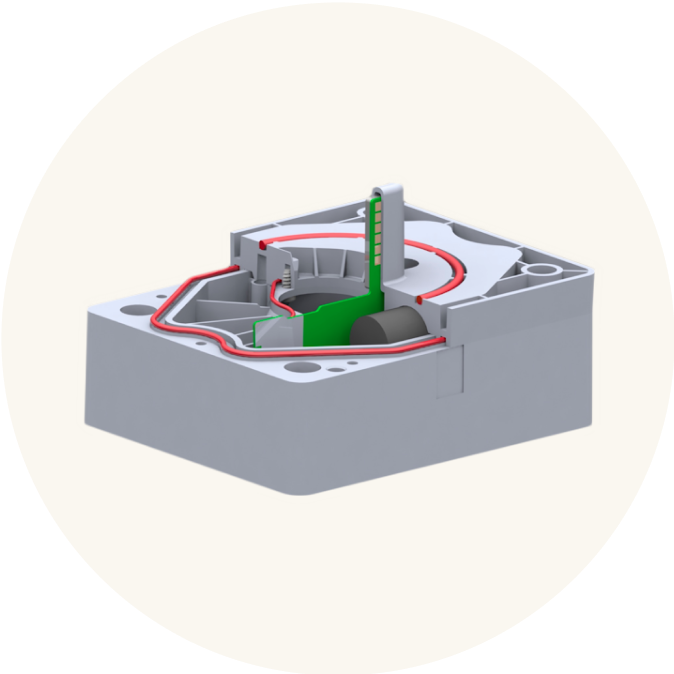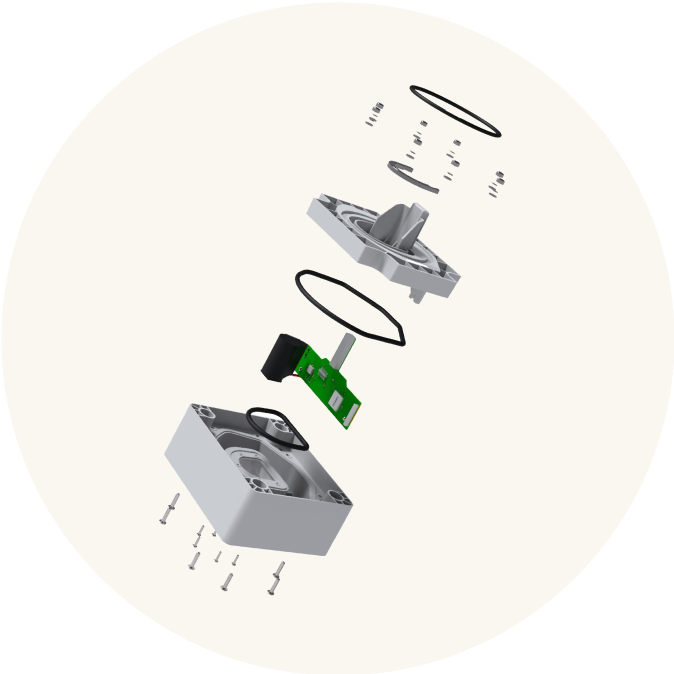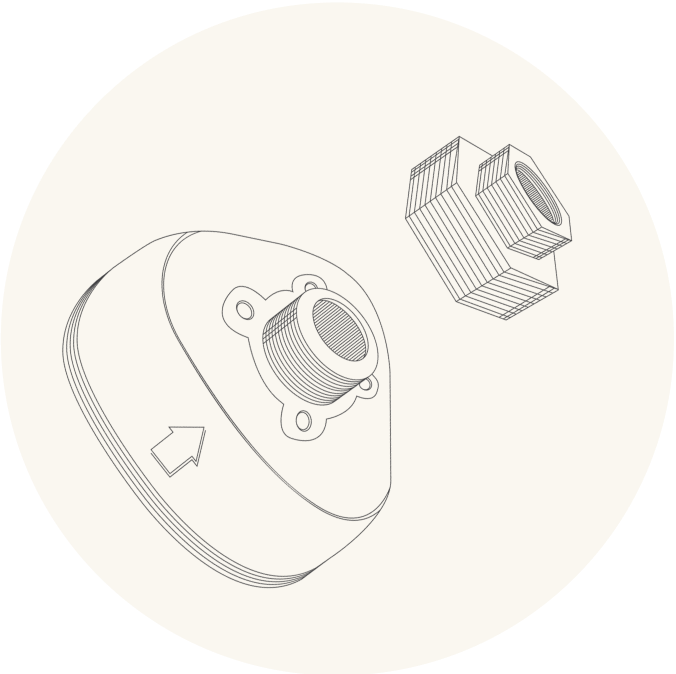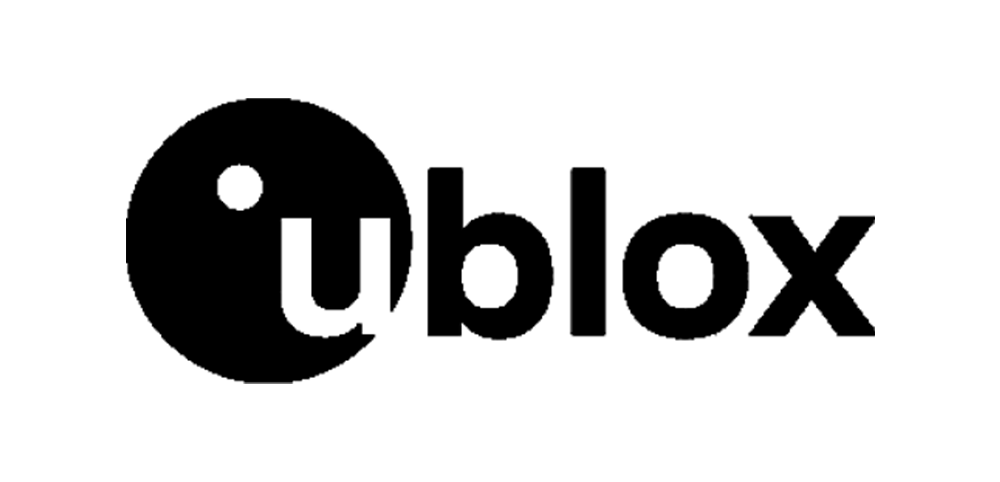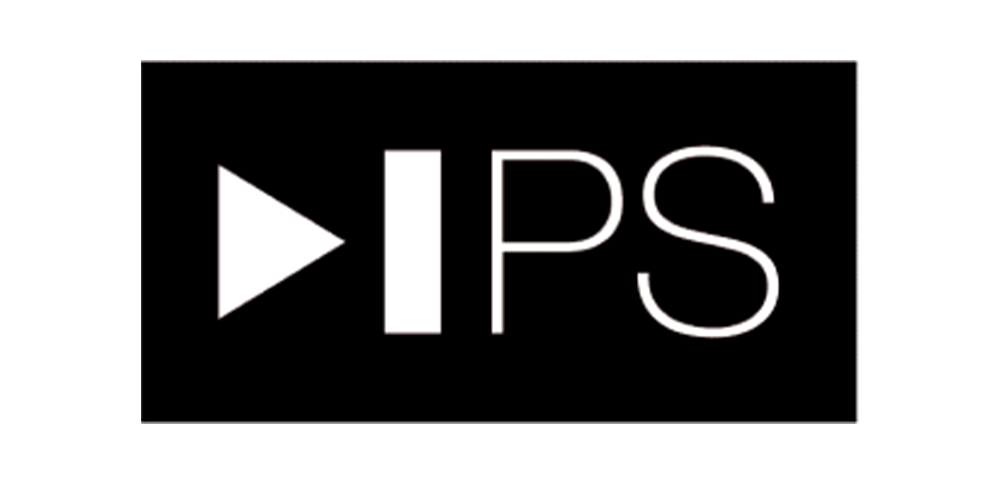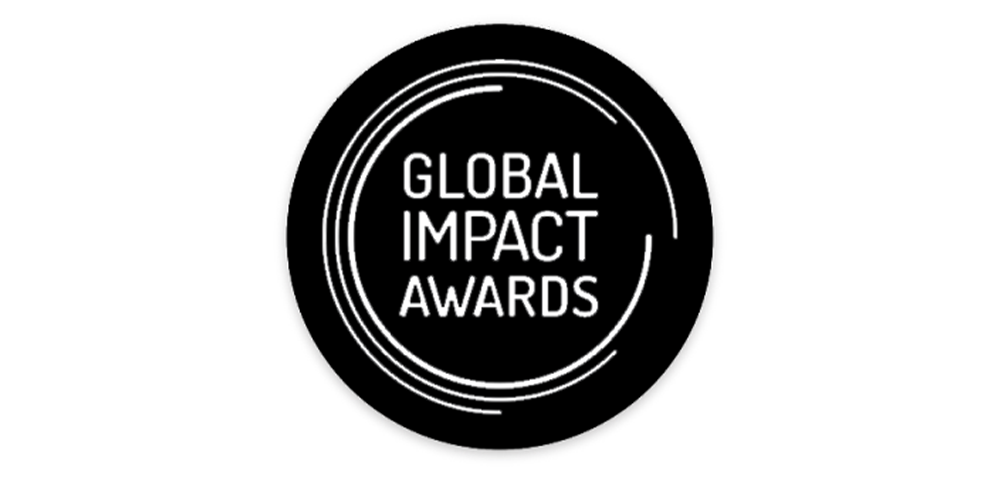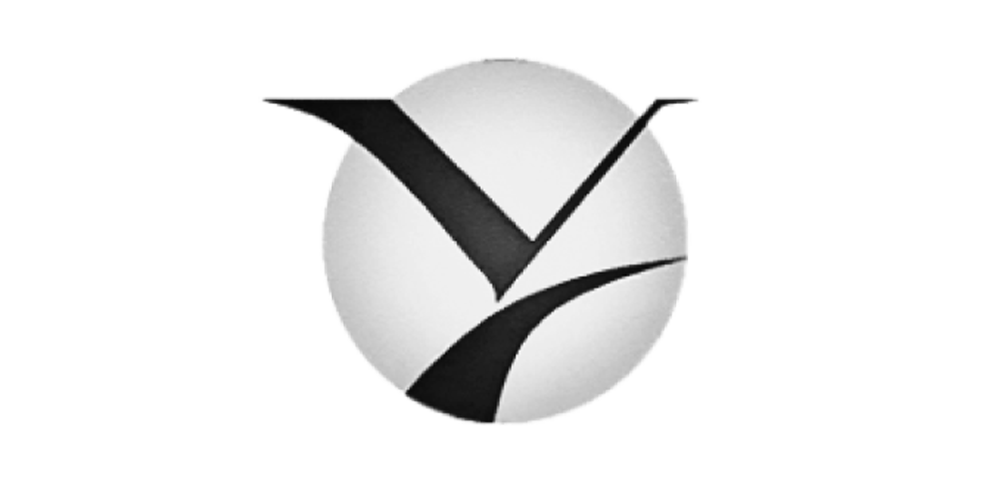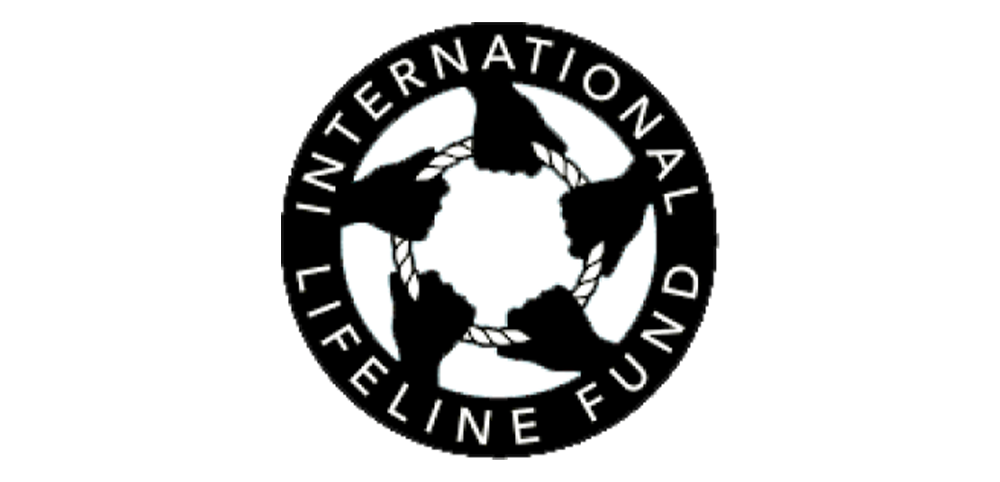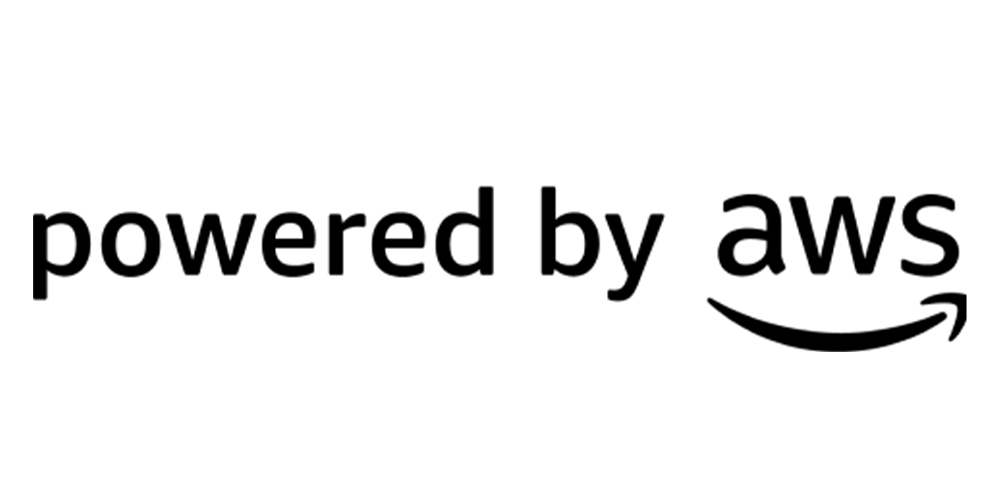The next step in sustainability
Keeping clean water flowing is critical to our mission, so we developed a comprehensive remote monitoring tool using cutting-edge IoT (Internet of Things) sensors and cloud computing technology to equip local leaders with real-time data on water system performance.
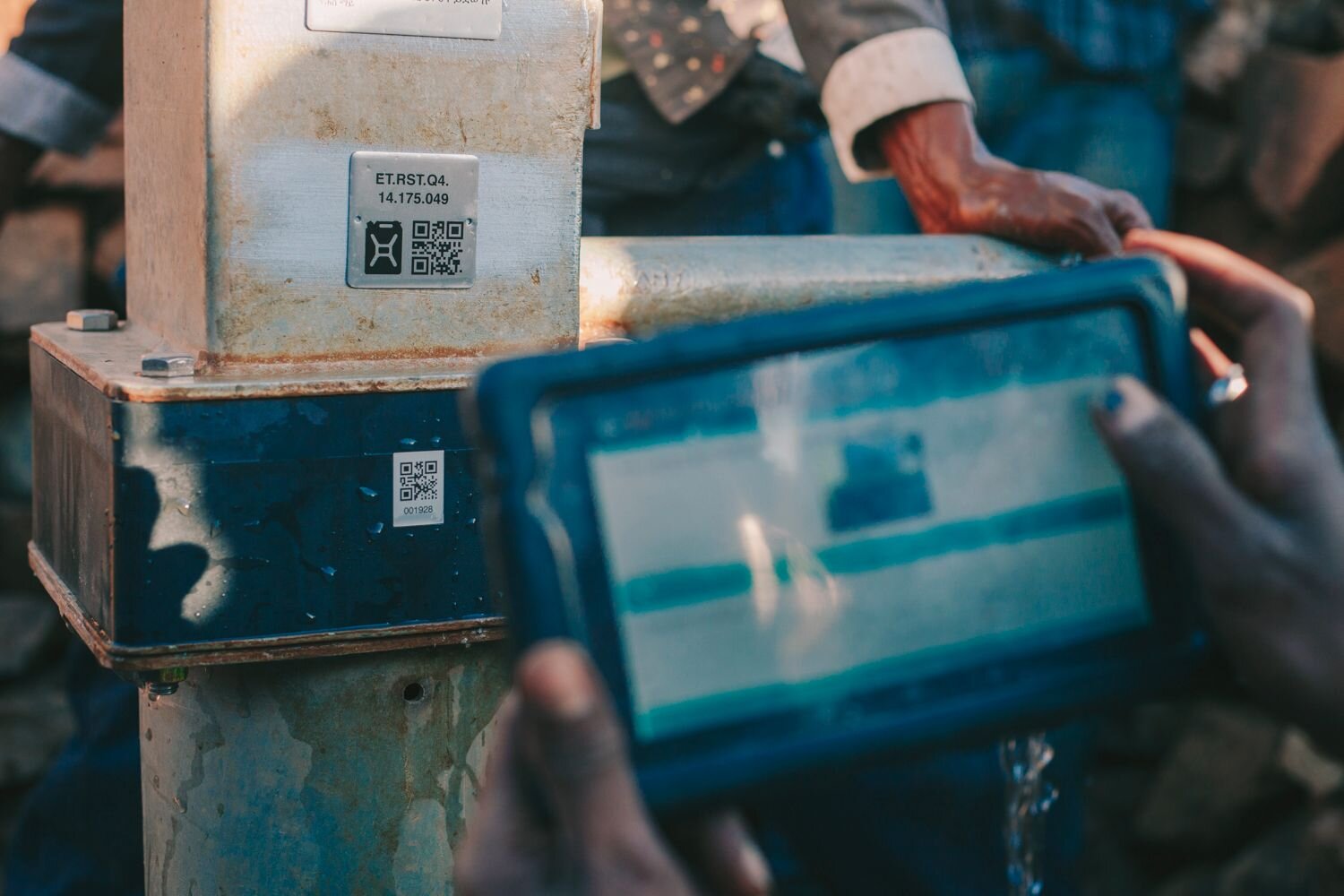
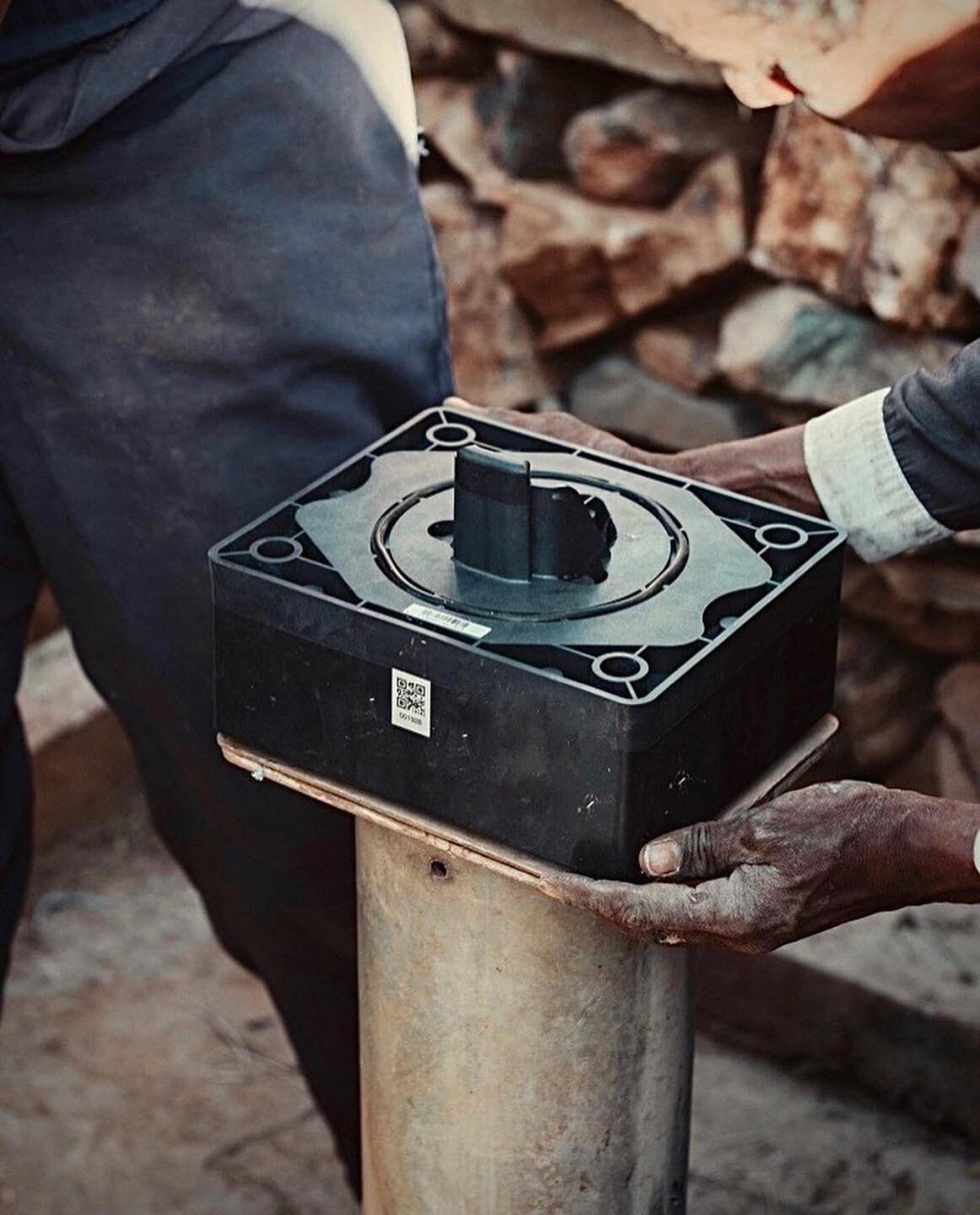
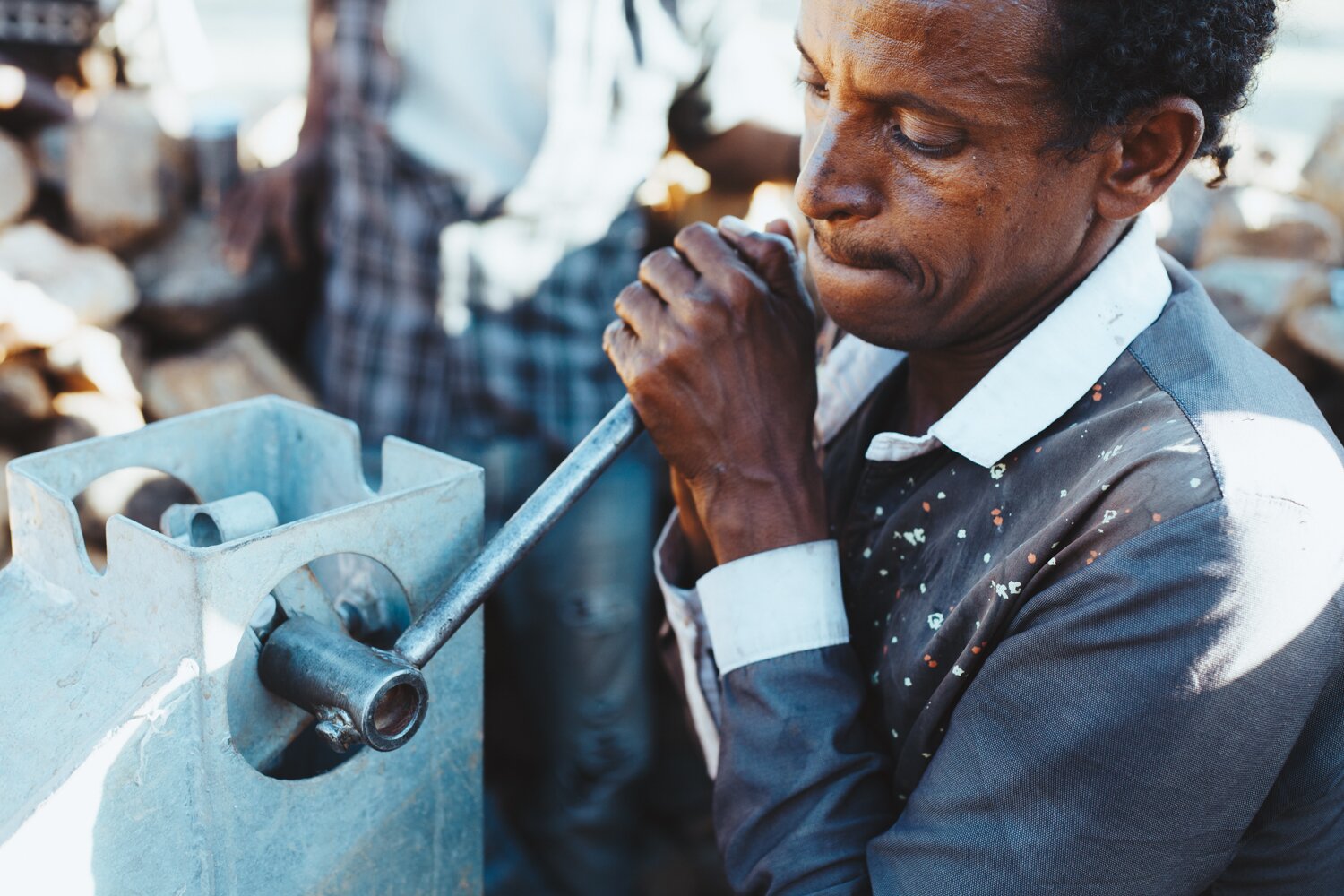
The Next Step in Sustainability
The Next Step in Sustainability
Keeping clean water flowing is critical to our mission, so we developed a comprehensive remote monitoring tool using cutting-edge IoT (Internet of Things) sensors and cloud computing technology to equip local leaders with real-time data on water system performance.

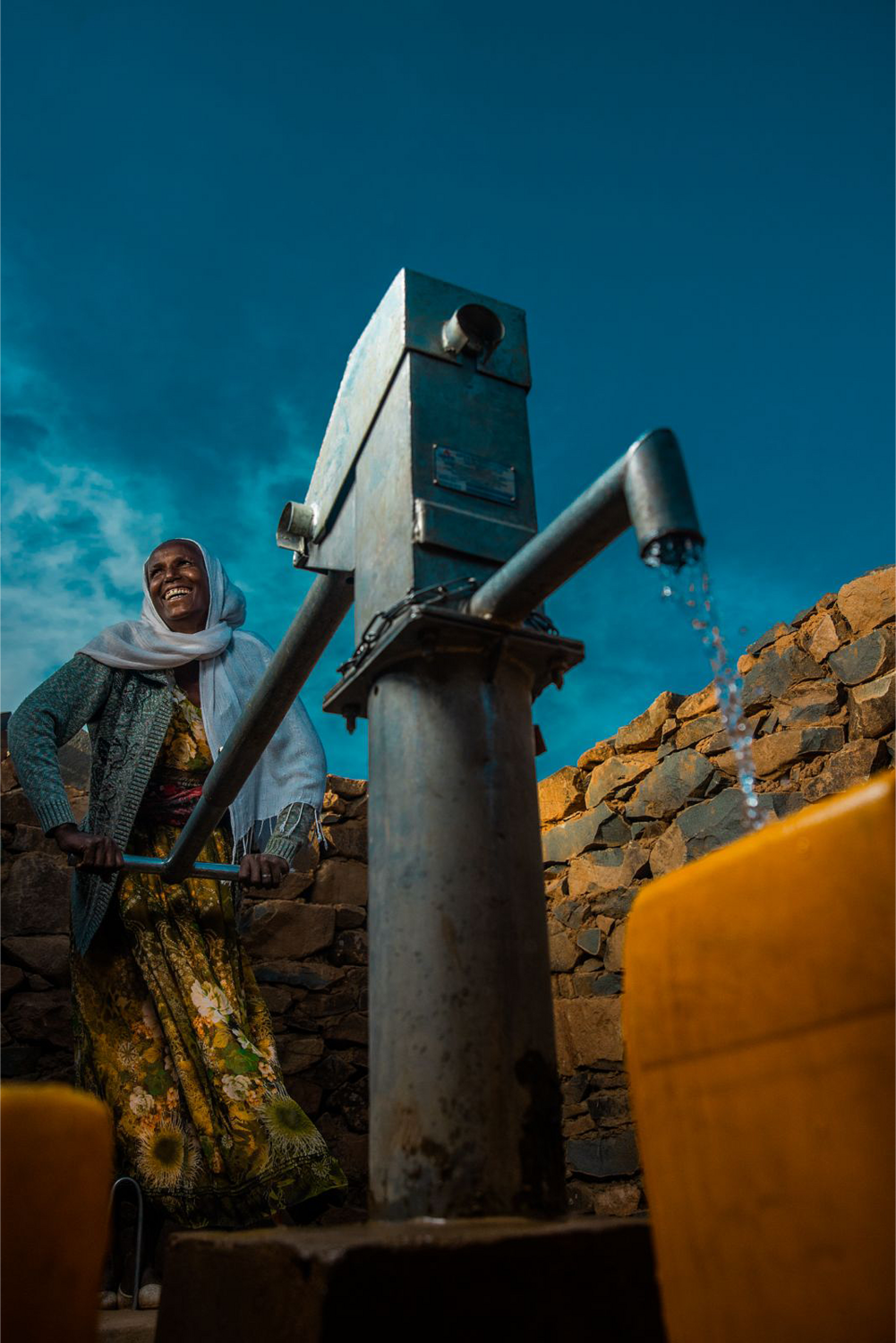

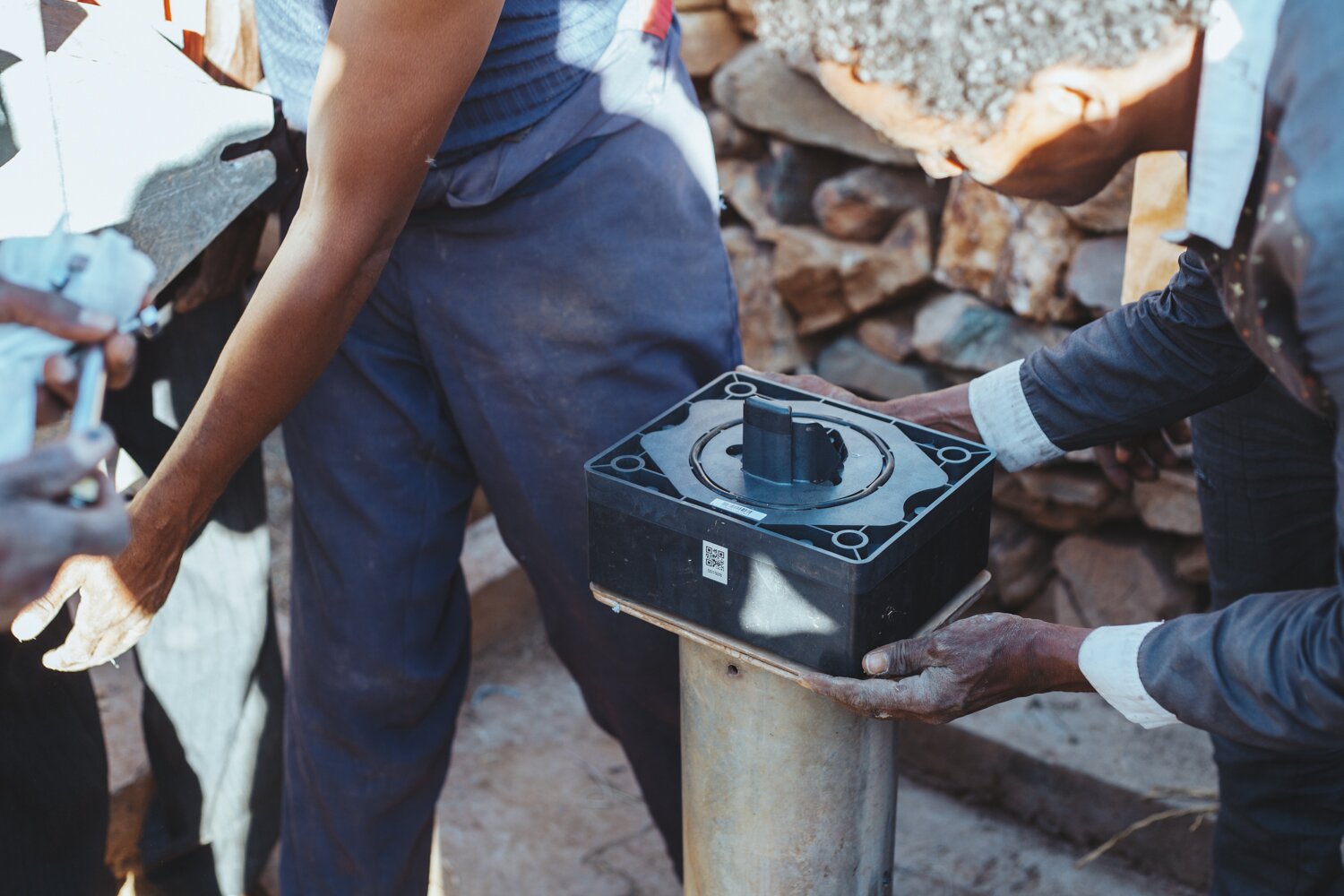
2.9 billion people live in rural areas and rely on small water systems
Historically, the only way for governments and NGOs to monitor rural water systems was to visit them. But reaching these locations takes time, human resources, and money. Given this reality, site visits occur only once or twice a year, meaning broken water systems can stay broken for months. If the system isn’t working, people immediately go back to drinking dirty water.
We decided that we could do better.
Our solution
We realized we needed to monitor our wells from afar. But no tool existed. So we made one.
Our handpump sensor lasts 10 years without a battery change, installs in 10 minutes, is fully tamper-proof and vandal resistant, and uses the Amazon Web Services cloud computing platform to analyze readings in real time. The sensor’s roaming agreement automatically covers over 200 countries.
Deployment began in 2015. Today, thousands of these sensors are collecting data on our water projects. The sensors measure liters pumped per hour and can immediately identify any fluctuation in productivity. And if we observe a decrease in water flow—or a flow that stops altogether—a technician can be deployed to help make repairs.
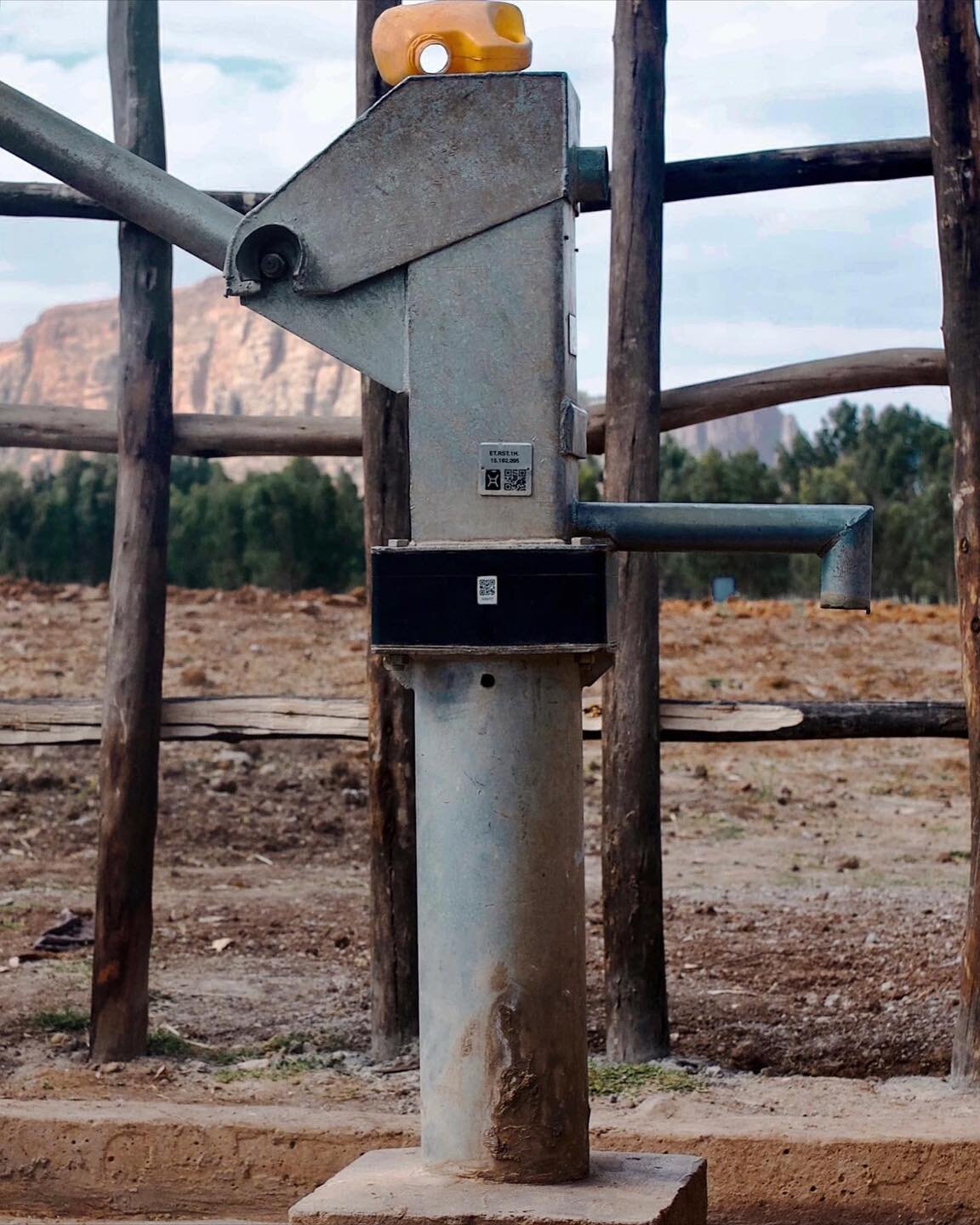
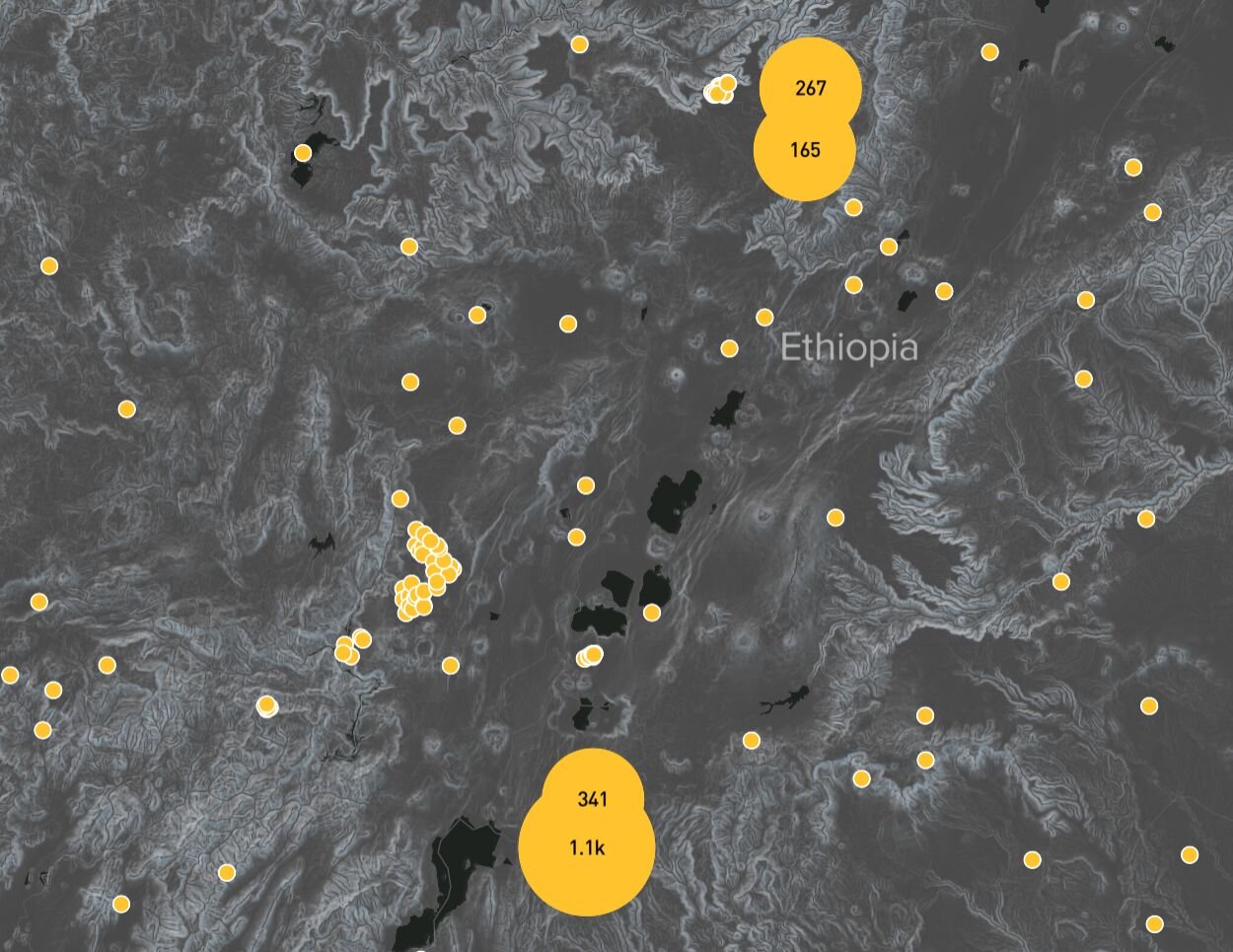
Extensive field testing
On average, our four generations of sensors collect data on more than 25 million liters (6.6 million gallons) of water per month. Presently, more than 20 organizations around the world are piloting the use of our sensors to help improve the performance of their maintenance programs as well as the overall efficiency and effectiveness of their water projects.
Actionable insights
We use this real-time data to issue alerts and low bandwidth reports to mechanics in remote areas.
Analyses and summaries are shared with local governments and water bureaus to equip decision makers with valuable knowledge about water use in their communities and empower them to better manage local water services.
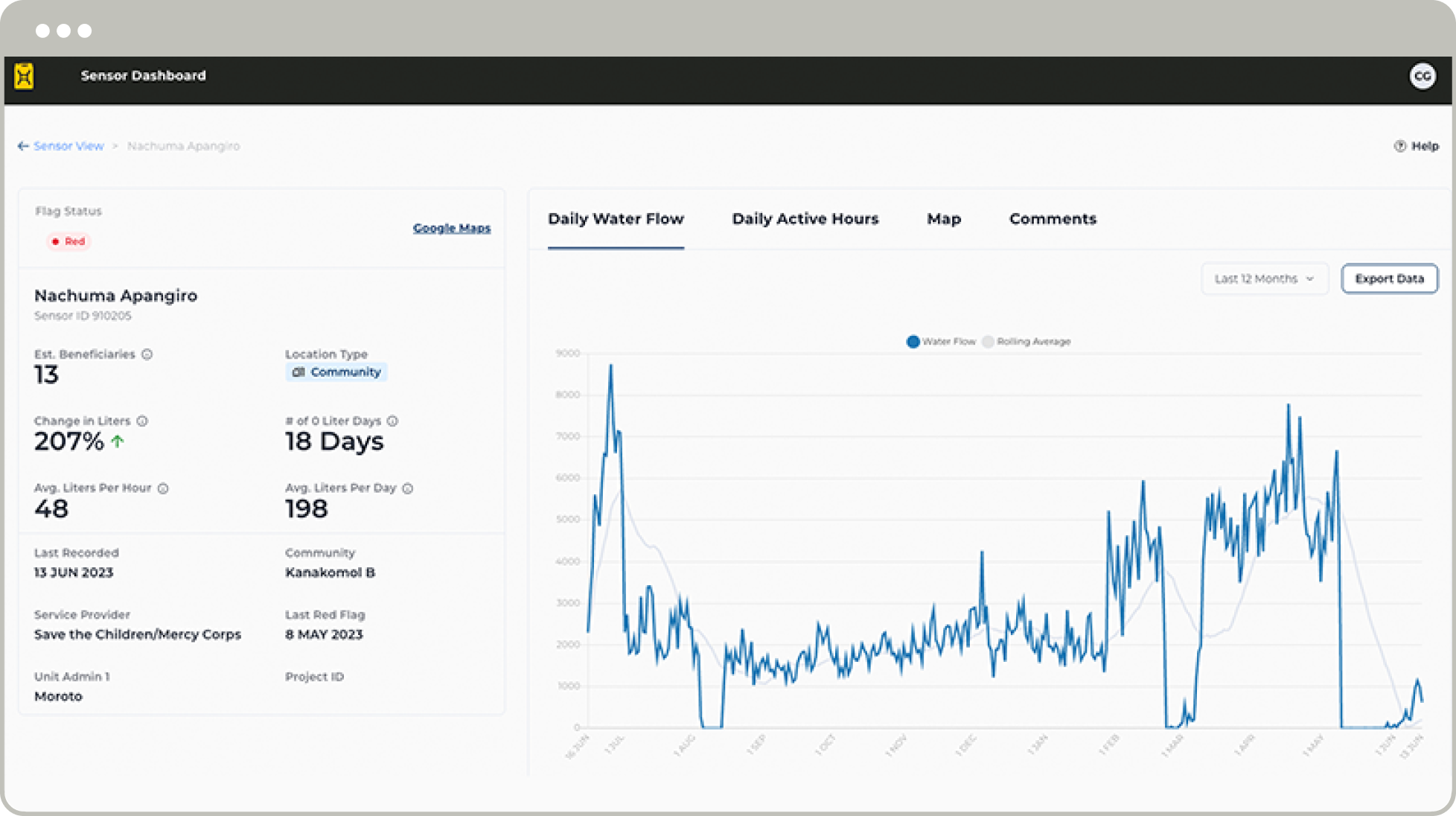
Screenshot of a user's view of a single sensor's data and details.
Our technologies
Our sensors are now manufactured at scale, to industrial standards. Inside each one, a stack of six capacitance sensors measures the physical level of water in the wellhead twice every second, which is then converted to liters per hour that are flowing through the pump.
The sensors automatically geolocate, eliminating the need for additional training requirements or installation equipment. As data is gathered, it’s analyzed in the cloud using advanced IoT and analytics tools provided by Amazon Web Services, then customized insights are emailed directly to monitoring teams.
A WORLD-CHANGING INVESTMENT
Invest in sensors research and development
With support from our funding partners, we plan to build out and scale our sensor program over the next two years with a goal of safeguarding water access for more than one million people.
You can help us develop the technology that will keep clean water flowing.
This is only the beginning
We designed our sensor with simplicity and durability in mind. And it works. But we are always striving to make it better. With every iteration of the design, our capabilities improve exponentially. Our monitoring grows more robust. Water flows more consistently.
Our technology partners
Ever-expanding impact
We’re committed to creating work that benefits as many people as possible around the world.
Have thoughts or feedback you want to share? We'd love to hear from you: sensors@charitywater.org


